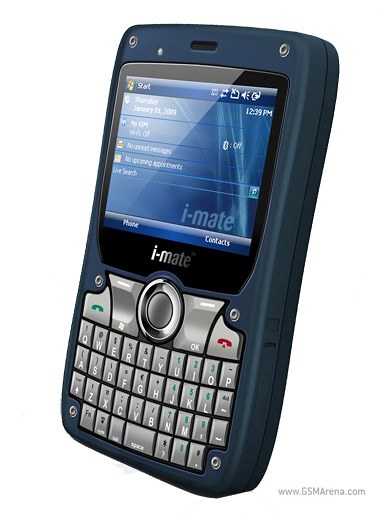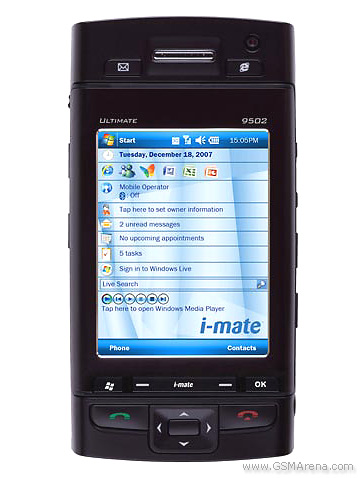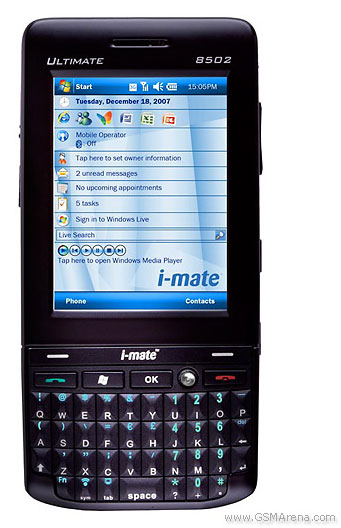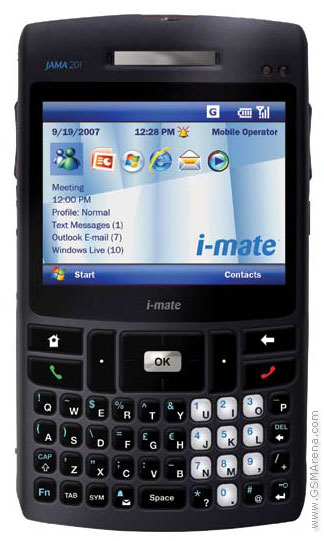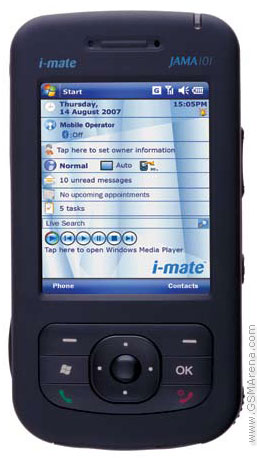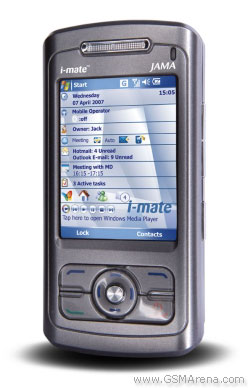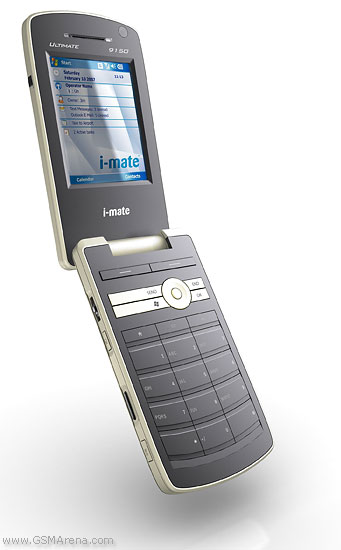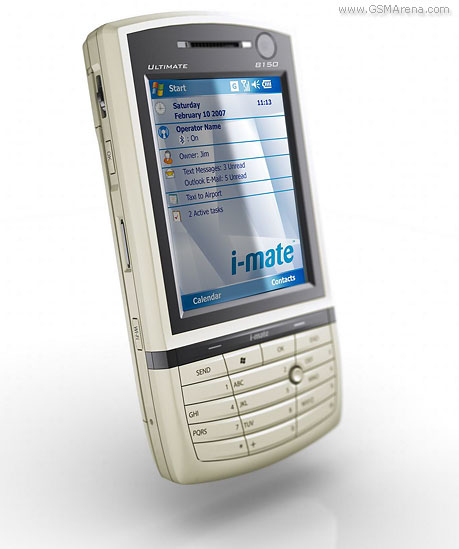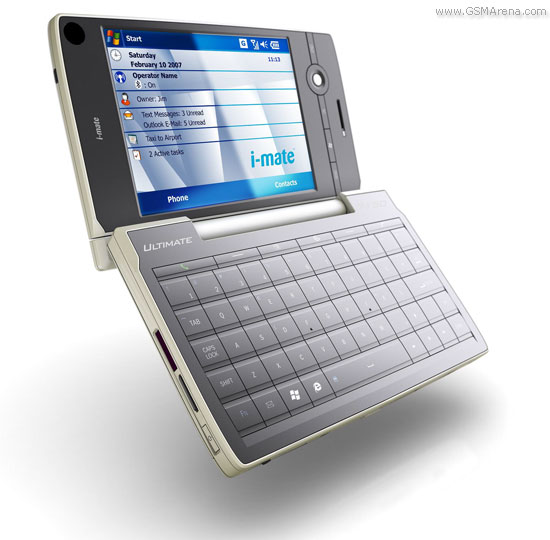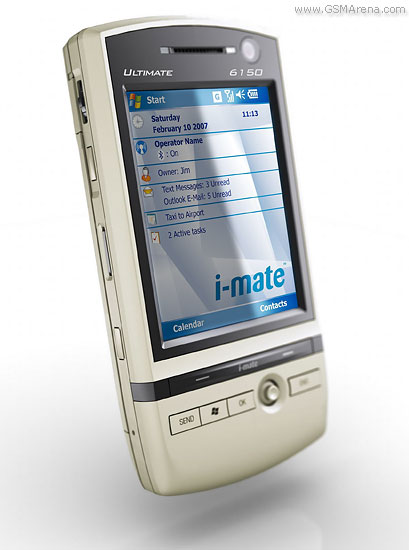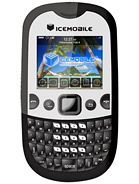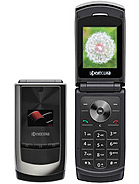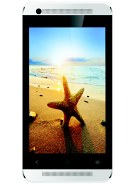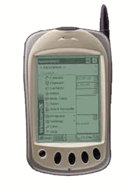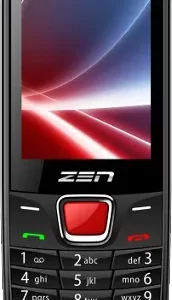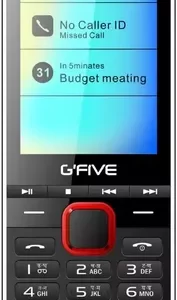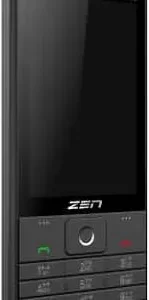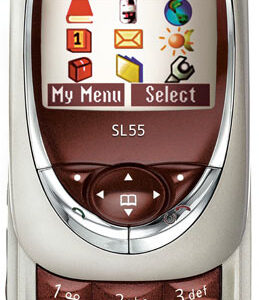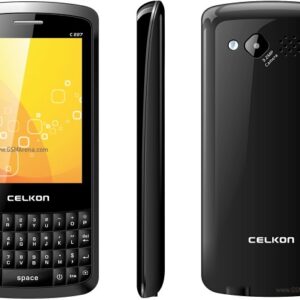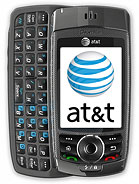i-mate Smartphone2 Overview
The i-mate Smartphone2, announced in Q1 2004, represents a significant leap in the mobile technology landscape of its time. As a pioneer in integrating the Windows Mobile operating system, this device offered users a blend of traditional phone functionalities with the innovative features of a PDA.
Key Features and Specifications
- Display: Equipped with a 2.2-inch screen, the Smartphone2 provided a compact yet clear interface for navigating the Windows Mobile platform.
- Performance: Powered by a TI OMAP 710 chipset, alongside 32 MB of RAM, it delivered satisfactory performance for the era’s applications and multitasking needs.
- Storage: With expandable storage options through an SDIO/MMC slot, users could store essential files and multimedia.
- Battery Life: A 1000 mAh battery backed the device, ensuring that it could last through a day of moderate usage without the need for constant recharging.
- Connectivity: It supported the essential connectivity options of the time, including GPRS for internet browsing and Bluetooth for wireless data transfer.

